The African Ivory Route
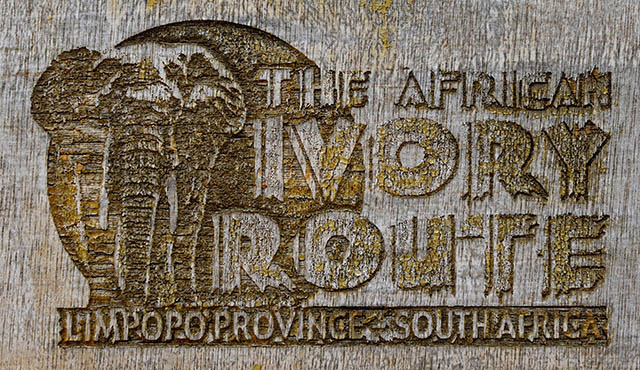
The African Ivory Route - the land of Big-Tuskers and Baobabs - comprises around 10 South African destinations in Limpopo Province. Situated in a ‘horseshoe’ from Masebe in the east, through the Waterberg, along to Makuya Park and down the Western Kruger National Park.
Most of these safari and cultural camps are owned by their respective local communities.
|
Should you wish to get the eBook, click on the book cover above, then click 'Add to Cart' where you'll see a button called 'Add Promo Code' - click on it then add the word K2K and the 33% discount will be automatically applied. This code is valid until the end of the month, so don't delay! |
"...the majority of images are really impressive, each chosen for a practical reason, sometimes annotated to stress a point. - Craig Rix, Editor,Travel Africa Magazine, UK 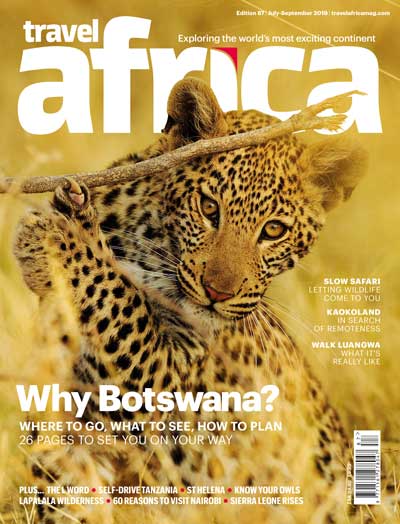 |
African Ivory Route History
Originally started in 2003, the African Ivory Route provides adventure travelers an opportunity to visit remote and fascinating places in the Limpopo Province.
The name of the route has its origins in the exploits of the hunters of old, made famous by the exploits of the legendary SC ‘Bvekenya’ Barnard (meaning 'the-one-who-swaggers-as-he-walks').
The adventure stories of Bvekenya are told in TV Bulpin’s book ‘The Ivory Trail’ and include Bvekenya’s tales of hunting ivory in Pafuri in the north-eastern corner of the Kruger National Park called Crooks’ Corner, where the Limpopo and Luvuvhu rivers meet.
If you enjoyed the book ‘Jock of the Bushveld’ then you should enjoy this book. It is no longer in print but can be found at second-hand bookstores.
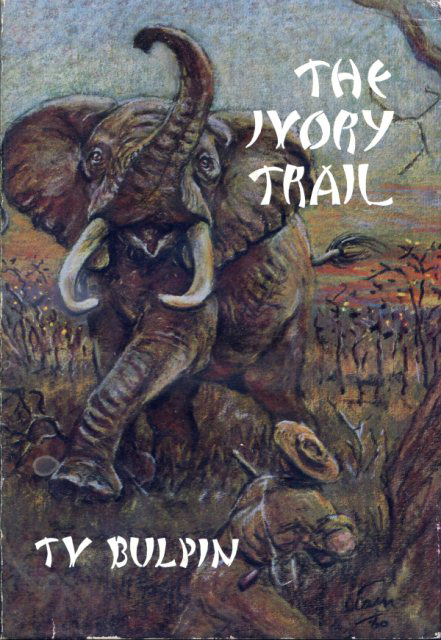
Being a poacher, the authorities wanted to arrest him but Barnard would constantly move his hunting camp around the beacon that marked the borders of Zuid-Afrikaanse Republiek (South Africa), Portuguese East Africa (now Mozambique) and Rhodesia (now Zimbabwe), depending on which county’s police were after him.
This constant moving was obviously tiring, so instead of moving his camp out of the reach of one country’s police he simply moved the beacon instead! The beacon is no longer at Crooks’ Corner as one of the many floods washed it away but there is a plaque commemorating Bvekenya’s exploits.
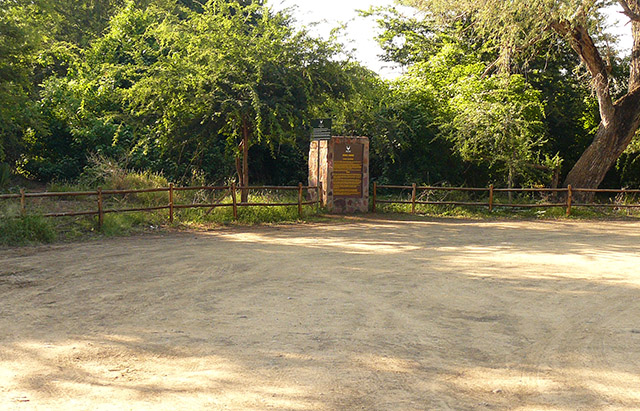
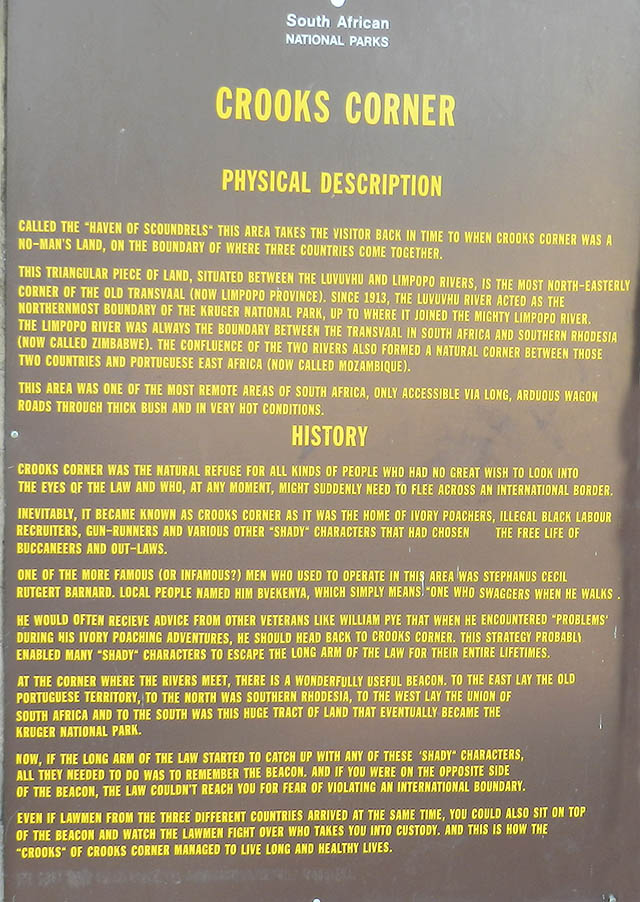
These camps of the Ivory Route follow some of Bvekenya’s routes that he and his wild companions followed back in the early 1900’s between Johannesburg and the lowveld.
The camps fall into three different groups:
- The Cultural camps of Modjajdi, Baleni, Fundudzi, Mafefe and Blouberg,
- The lodges like Awelani just outside Pafuri Gate and Nahakwe in Modjadjiskloof, Limpopo.The other lodges are in the Kgalagadi (!Xaus), Kwazulu Natal (Witsieshoek), and Cape Town (Moonglow Guest House).
- The Safari camps of Mtomeni in Letaba Ranch, Mutale Falls in Makuya Park (near Pafuri Gate), Nthubu in the Waterberg and Machampane in Mozambique.
We will be focusing on the Safari Camps as they are all unfenced camps situated in the Big-five game parks of the Greater Kruger.
Please Note that most of these camps are undergoing a revamp and refresh process with the appointment of Transfrontier Parks Destinations as their commercial operator.
Booking.com
For more information or to make your booking at one of these camps, please visit the African-Ivory-Route website.
Return from The African Ivory Route to the Kruger National Park page
To make a safari rental booking in South Africa, Botswana or Namibia click here
"It's 768 pages of the most amazing information. It consists of, well, everything really. Photography info...area info...hidden roads..special places....what they have seen almost road by road. Where to stay just outside the Park...camp information. It takes quite a lot to impress me but I really feel that this book, which was 7 years in the making, is exceptional." - Janey Coetzee, founder of CAROK (Camps and Roads of Kruger) South Africa
"Having a passion for the region itself and having to know about all dynamics, water holes and ideal roads for a period of 6 years - I wish I had this guide on my first trip already!" - Morkel Erasmus, Secunda, South Africa
"Mario and Jenny take you to places that are not always visited, and their descriptions of the more remote camps will allow you to make an informed decision without wasting time and money" - Bob & Sherry Shepardson, DeBary, Florida, USA
"Your time and money are valuable and the information in this book will help you save both." - Don Stilton, Florida, USA
"I highly recommend the book to anyone visiting Etosha National Park to photograph the animals - or anyone considering an African photography safari in the future." - Anne Darling, Cognac, France
"As a photographer and someone who has visited and taken photographs in the Pilanesberg National Park, I can safely say that with the knowledge gained from this eBook, your experiences and photographs will be much more memorable." - Alastair Stewart, BC, Canada
"This work is so much more than an eBook, because it is also a guide, a tutorial, an inspiration and a must-have for anyone interested in wildlife photography" - Findtripinfo.com, USA
Photo Safaris on a Private Vehicle - just You, the guide & the animals!
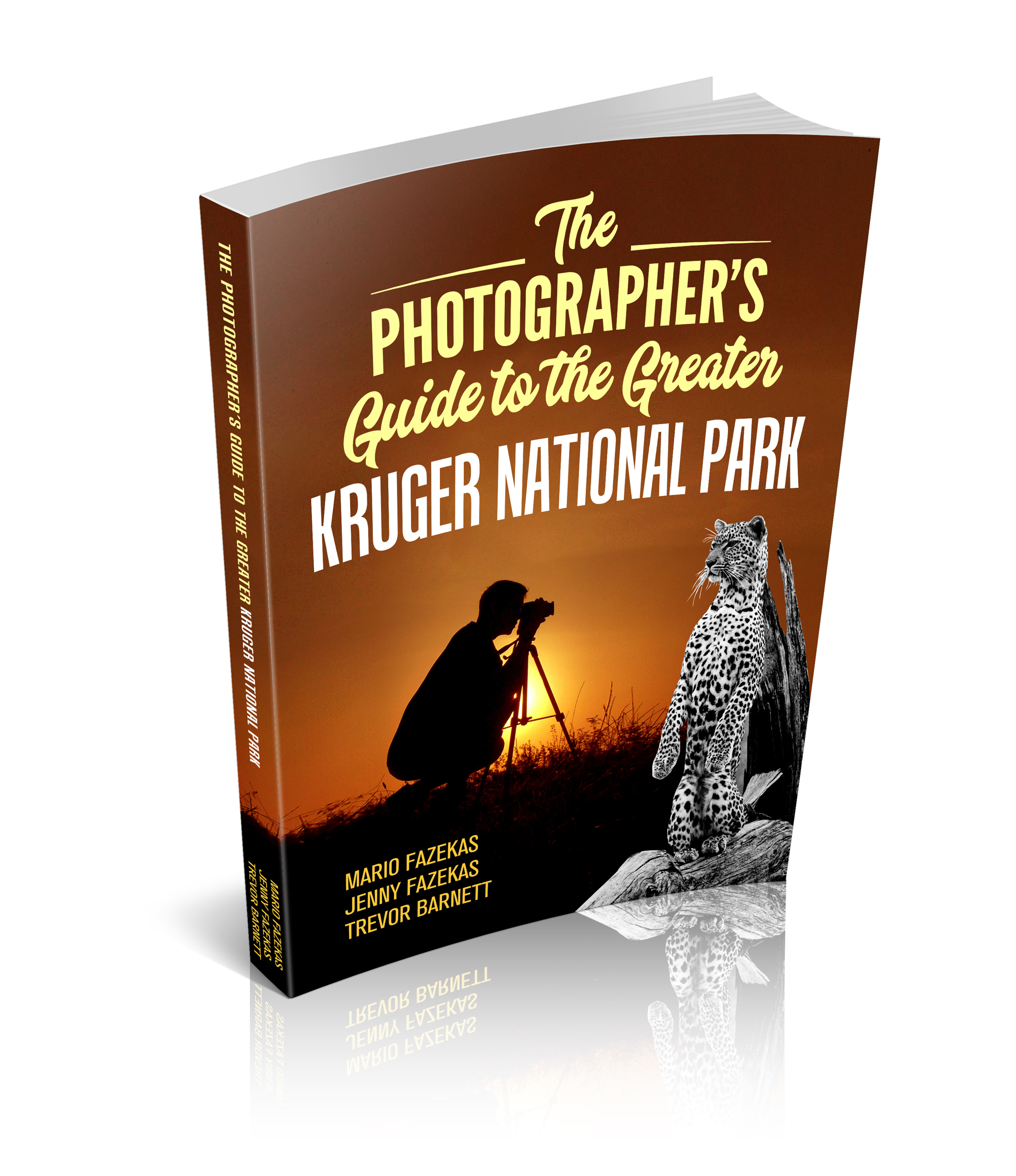









New! Comments
Have your say about what you just read! Please leave us a comment in the box below.